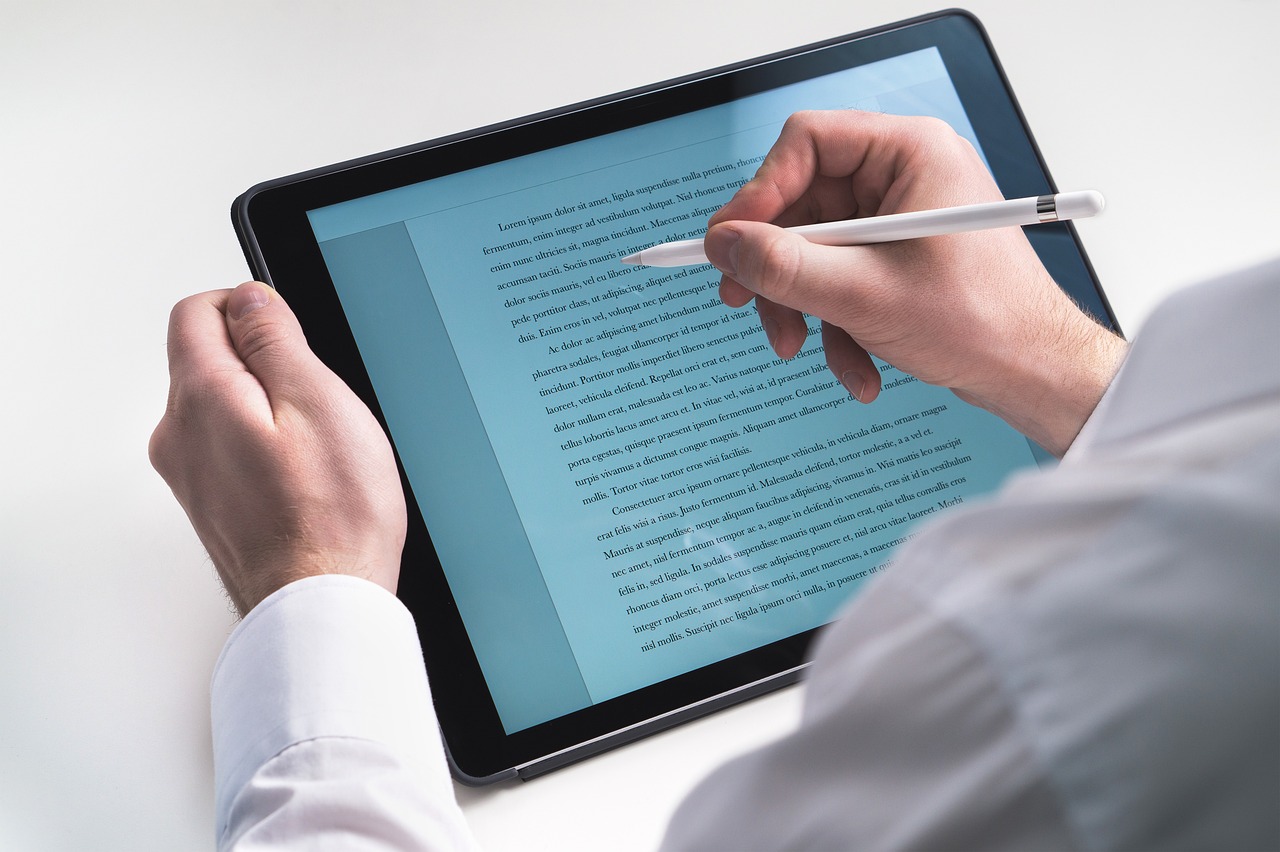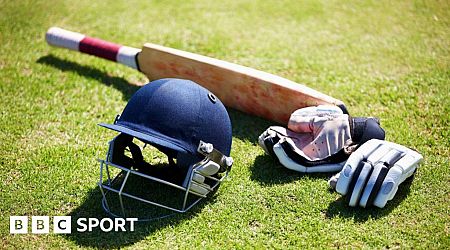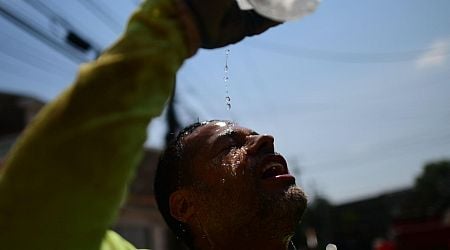Tips for proofreading academic papers
Proofreading your academic papers is a crucial step that’s often overlooked. Many students focus intensely on the research and writing, but don’t leave enough time for a thorough proofreading pass. This is a big mistake. No matter

Proofreading your academic papers is a crucial step that’s often overlooked. Many students focus intensely on the research and writing, but don’t leave enough time for a thorough proofreading pass. This is a big mistake. No matter how brilliant your ideas, sloppy errors and typos undermine your credibility and distract from your arguments. If you find yourself saying “help write my paper” and struggling to proofread effectively, consider using a service like Domypaper essay writing service. It provides professional proofreading and editing help to ensure your papers are polished and error-free. This can be invaluable for busy students juggling multiple commitments.
Proofreading takes patience and discipline. You’ve been staring at the same words for weeks or months, so your eyes can easily glaze over mistakes. But there are techniques you can use to overcome this “proofreading blindness” and catch those pesky errors.
Creating the right environment
Start by setting aside a decent block of time specifically for proofreading, separate from writing. You need to approach it with a fresh mindset. I recommend giving yourself at least a day of mental distance from the paper before proofreading. Use that break to clear your head.
Next, optimize your proofreading environment. Find a quiet space without distractions like TV, music, or constantly dinging notifications. Consider going to a private study room or quiet cafe. For those working toward prestigious best dissertation writing services UK opportunities and scholarships, having an ideal proofreading setup is critical. Make sure you have proper lighting, comfortable seating, and all the materials you need. A beverage and snack can help you power through as well.
Active proofreading tactics
Now you’re ready to proofread. Since your brain is accustomed to the existing words and phrasing, you may inadvertently skip over errors. That’s why I suggest reading your paper out loud, either to yourself or a friend. Hearing your writing forces you to actually process each and every word. It’s amazing how many mistakes become apparent simply by reading aloud.
Print out a hard copy of your paper if possible. For some reason, errors tend to jump off the page more when reviewing a physical document versus on a screen. Use a colored pen to mark up the printout as you go. Make notes, circle suspect areas, and jot queries in the margins.
Work in short bursts with breaks in between. The human brain can only stay focused on tedious tasks for so long before effectiveness plummets. I recommend setting a kitchen timer for 25 minutes of active proofreading, then taking a 5 minute break to recharge. Grab a snack, stretch, or simply close your eyes and breathe.
Look for one type of error at a time. First, comb through just for spelling mistakes. Next, look for grammatical snags like verb agreement issues or missing punctuation. Then check for style inconsistencies like heading formatting or improper citation styles. This systematic “layer” approach is more reliable than hoping to catch everything at once.
Other helpful techniques
You can employ various other proofreading techniques like reading backwards line-by-line, using a ruler to isolate each line, or having a friend take a look with fresh eyes. Automated spelling and grammar checkers can help, but don’t rely on them alone—they miss plenty of errors.
Also examine the paper holistically. Double check that your arguments flow logically from section to section. Ensure your evidence properly supports your key claims. Look for any unintended vagueness or instances where you may have inadvertently drifted from your thesis. It’s easy to get so mired in the details that you lose sight of the larger picture.
Throughout this process, be open to making substantive changes where needed. Don’t get so married to your original wording and phrasing that you stubbornly cling to flawed points. Swallow your pride and rewrite sketchy areas with clearer, simpler language if needed. Convoluted explanations usually indicate shakiness in your understanding.
Seeking outside tips and strategies
Finally, you may find it helpful to adopt specific proofreading strategies from accomplished writers and professors. Pick up books like “Revising Prose” by Richard Lanham, “The Sense of Structure” by Larry Hoskins, or “How to Write a Lot” by Paul Silva. Many published authors share proofreading insights through interviews and writing blogs as well.
Academic Twitter accounts and university writing centers can be goldmines for proofreading tips tailored to scholarly writing. Don’t be afraid to consult campus resources like writing tutors, faculty writing groups, or editing services for guidance.
Attending to the finer details
Pay close attention to consistent styling with capitalization, hyphenation, abbreviations, and numerals. Every academic discipline has its own idiosyncratic formatting rules for papers. Referring to your specific style guide like APA, MLA, Chicago, etc. and developing a keen eye for detail will serve you well.
Watch carefully for unintended word repeats, redundancies, orphan headings, and inconsistencies between your references and in-text citations. Inconsistent presentation makes your work look sloppy.
The iterative proofreading process
For long papers and theses, proofreading is an iterative cycle. You’ll need to go through multiple rounds, improving with each pass. Don’t expect to catch everything in a single proofreading session, especially when fatigued.
After your first thorough proofreading attempt, put the paper aside again for another day or two. With recharged eyes, go through a second proofreading pass using different techniques than the first time around. You’re guaranteed to catch new errors you previously missed.
The value of proofreading papers
I can’t emphasize enough the importance of thorough proofreading for academic writing. Graduate-level papers require a professional, polished quality that you simply can’t achieve without a careful proofreading process. Skimping on this step undermines months of intense effort.
Proofreading takes time, there’s no way around it. But you get out what you put in. Adopting a diligent, systematic approach to finding and fixing errors will ensure your papers are at their absolute best. A sloppy, mistake-riddled essay substantially loses credibility and earns weaker grades, even if the ideas and research are rock-solid. Don’t let that happen after so much work.
Allot sufficient time for rigorous proofreading following techniques like the ones outlined here. The ultimate result will be academic papers that command authority, clarity and respect.
Related
Share this page
Guest Posts by Easy Branches

































